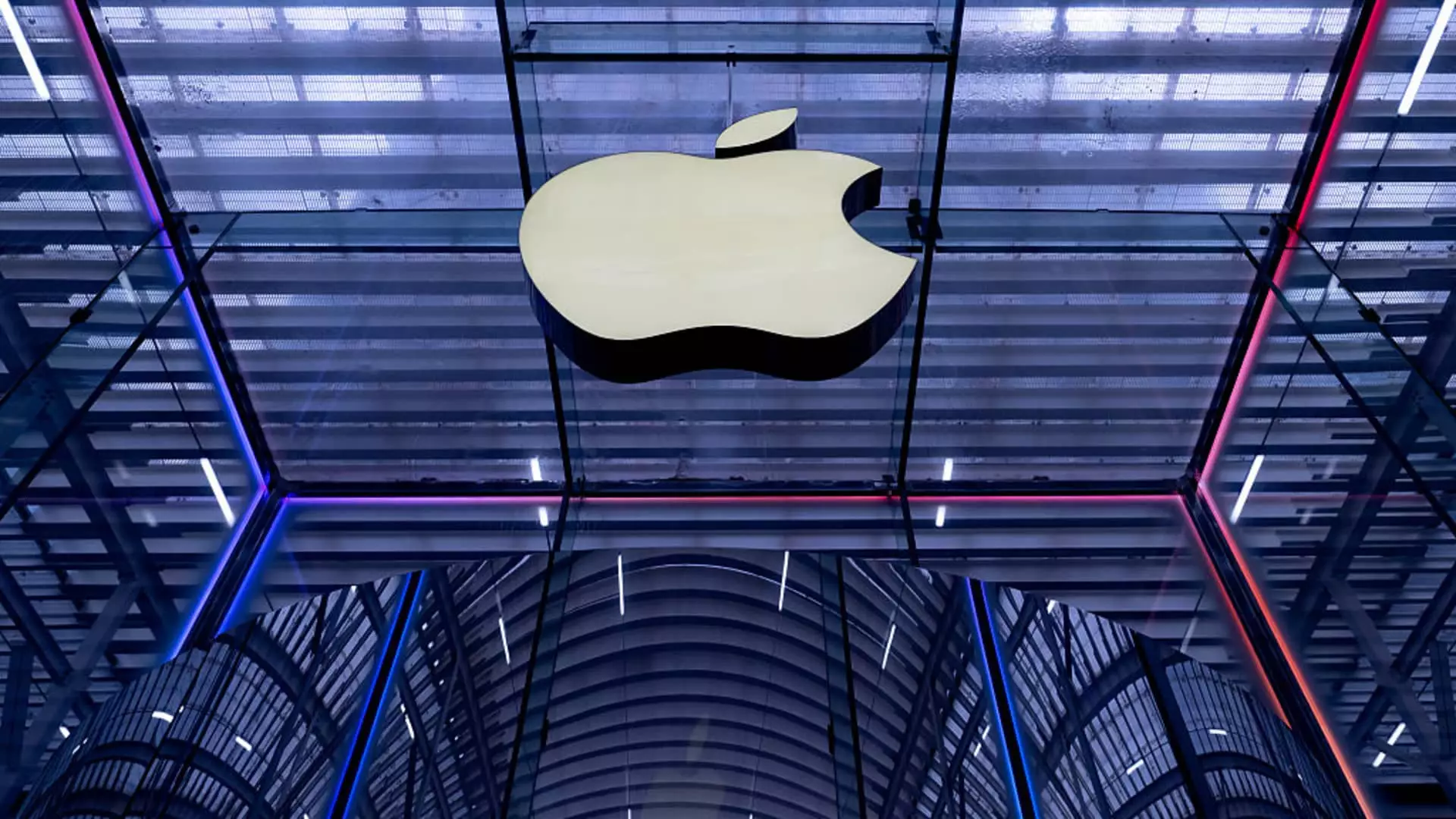Despite Apple’s reputation as an innovative powerhouse, recent market behaviors reveal a fragile facade masking underlying vulnerabilities. Wall Street’s cautious optimism, as reflected in trading volumes and prediction platforms, signals more anxiety than confidence. The market’s betting on discussions about tariffs, China, and severance indicates investors are acutely aware of systemic risks looming over Apple’s trajectory. It is not a testament to resilience, but rather a recognition that the company’s strength is increasingly fragile in the face of geopolitical and economic turbulence. Apple’s stock performance, hovering near the flatline with a nearly 17% decline year-to-date, starkly contrasts with broader indices like the S&P 500, which have posted gains. This divergence exposes the overreliance on perception and brand loyalty rather than genuine financial robustness.
Economic Pressures and a Disrupted Supply Chain
At the core of Apple’s challenges is its supply chain—once a symbol of efficiency and control, now an Achilles heel. Heavy dependence on Chinese manufacturing has exposed the dangers of global economic fragility and geopolitical tensions. The recent shift to India in response to tariffs represents an adaptive maneuver, but it is a Band-Aid solution that highlights deeper structural issues. The forecasts predicting that most U.S.-sold iPhones are now assembled overseas—and specifically in India and Vietnam—paint a picture of a company scrambling to diversify amidst mounting tariffs. This diversification comes at a cost: higher production expenses inevitably translate into higher retail prices, which can dampen consumer demand at a time when economic uncertainty reigns. The prospect of an iPhone costing between $1,500 and $3,500 is not just a technical detail; it is an economic barrier that threatens to alienate the core customer base.
Innovation Fatigue and Market Share Decline
Apple’s failure to deliver transformative updates in its latest product lines further exacerbates its struggles. In a competitive landscape that demands constant innovation, the company’s stagnation has fostered a sense of complacency. Analysts warning of “struggling” sales amid a “rough macroeconomic backdrop” are pointing to more than just external factors. The company’s inability to maintain its previous momentum on feature development, combined with declining market share in China, signifies a shift in consumer preferences that Apple has yet to fully address. The release of new products cannot merely rest on brand loyalty; it must also demonstrate genuine innovation and value. Without this, Apple risks becoming a premium brand in decline, unaffordable to many and increasingly irrelevant in a rapidly evolving tech environment.
Entertainment as a Surrogate for Innovation
In the face of commercial and competitive headwinds, Apple turns to entertainment to sustain its cultural relevance. Shows like “Severance” and its success at capturing audience engagement reflect a strategy of diversifying beyond hardware and software. Yet, therein lies a paradox: while content can boost brand perception temporarily, it cannot substitute for the tangible improvements in products and services that consumers demand. Reliance on entertainment as a growth driver risks superficiality—an attempt to mask stagnation rather than a solution for fundamental business issues. Apple TV+ may succeed in attracting viewers, but it does little to offset declining hardware sales or address the economic hurdles blocking market share expansion.
Challenging the Narrative of Resilience
Ultimately, the narrative of Apple’s resilience is increasingly difficult to sustain in light of ongoing challenges. The company appears to be trapped in a cycle of reactive measures—diversifying supply chains, entertaining consumers with new shows, and making cautious predictions—without addressing the core vulnerabilities. The skepticism surrounding its near-term earnings prospects is well-founded: a company that relies heavily on a few key markets, facing rising costs and diminishing innovation, cannot afford complacency. The illusion of strength is wearing thin, exposing the harsh reality that even the most celebrated tech giants are not immune to the pressures of global economic shifts, geopolitical risks, and technological competition. To truly turn the tide, Apple must embrace a more aggressive stance on innovation, diversify its manufacturing strategies more radically, and regain the trust of consumers wary of price hikes and stagnant offerings. Until then, its narrative of resilience remains, at best, a carefully curated facade amidst mounting crises.

